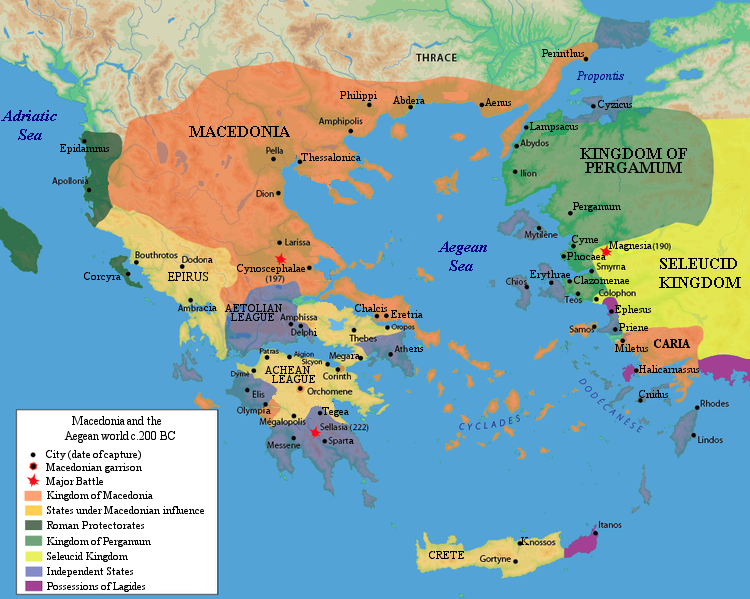Hellenistic Greece (323-146 BC)
The Hellenistic Period, spanning from the death of Alexander the Great in 323 BC to the annexation of Greece by Rome in 146 BC, marked a transformative era in ancient history characterized by the spread of Greek culture and influence across the vast territories conquered by Alexander. While the death of Alexander led to the fragmentation of his empire into successor kingdoms ruled by his generals, these Hellenistic kingdoms continued to thrive and evolve for centuries, extending Greek language, art, philosophy, and administrative practices throughout the Mediterranean, the Near East, and beyond.
Notable Hellenistic kingdoms included the Seleucid Empire in the Near East, the Ptolemaic Kingdom in Egypt, and the Antigonid dynasty in Macedonia. The Hellenistic Period witnessed the fusion of Greek culture with local traditions, leading to vibrant cosmopolitan societies and significant advancements in fields such as literature, science, and architecture. The period came to a close with the gradual expansion of Roman power, culminating in the absorption of Greece into the Roman Republic in 146 BC and the eventual demise of independent Hellenistic kingdoms with the death of Cleopatra VII in 30 BC.

Click Here for the Timeline of Ancient Greece
After the death of Alexander the Great, his generals broke apart his empire to form their own kingdoms and fought a series of wars against each other, known as the Wars of the Diadochi. The most important of these rulers in the decades after Alexander’s death were Ptolemy I in Egypt and Seleucus I in Syria and the former Persian Empire.
During the Hellenistic Period, the importance of actual Greece within the Greek-speaking world declined rapidly. Instead of Athens, the great capitals of Hellenistic culture were Alexandria in the Ptolemaic Kingdom and Antioch in the Seleucid Empire. The conquests of Alexander the Great greatly widened the horizons of the Greeks as a whole and led to the emigration of many Greeks to the Hellenistic Kingdoms in the East.

In this period, the Greek city-states formed themselves into two leagues: the Achaean League (including Thebes, Corinth, and Argos) and the Aetolian League (including Sparta and Athens). The leagues were often at war with each other or fighting with or against the Diadochi.
The Antigonid dynasty of Macedonia came into conflict with the Roman Republic in the late 3rd c. BC and after a series of wars, known as the Macedonian Wars, Macedonia was annexed by Rome in 149 BC. The two leagues also came into conflict with Rome at this time and were each defeated in turn. The Roman Republic annexed Greece in 146 BC after the Sack of Corinth.
